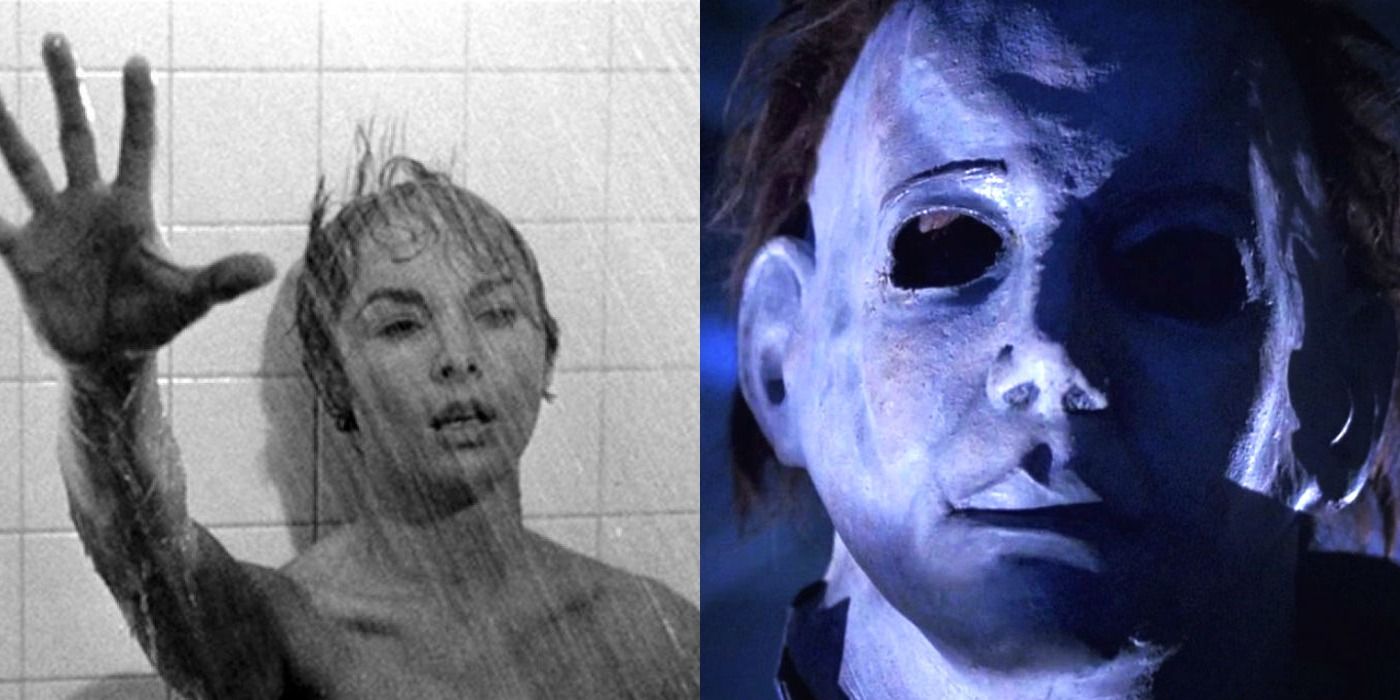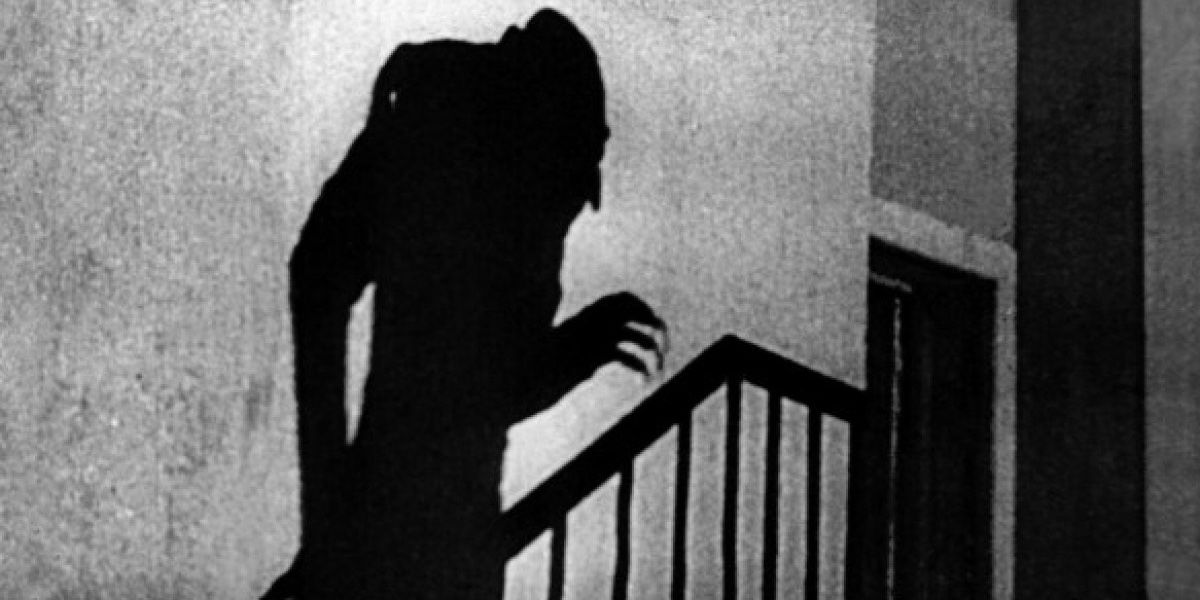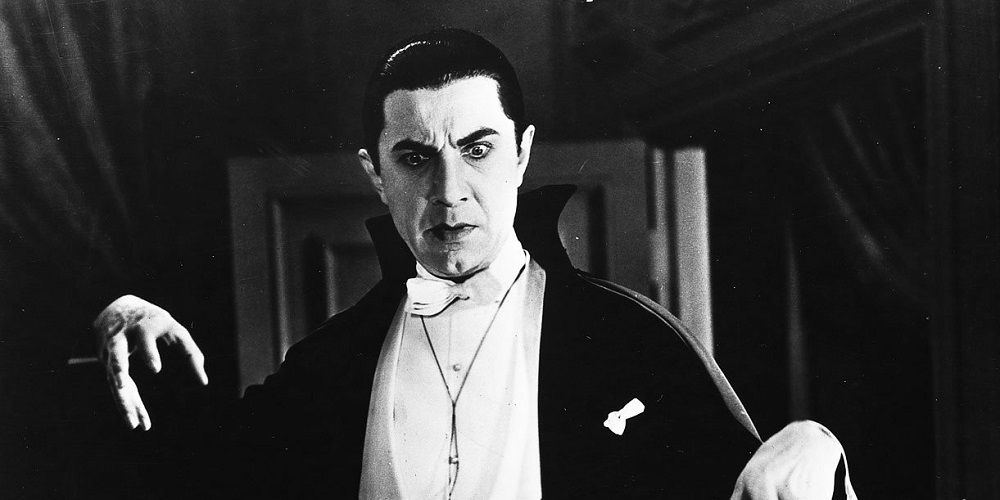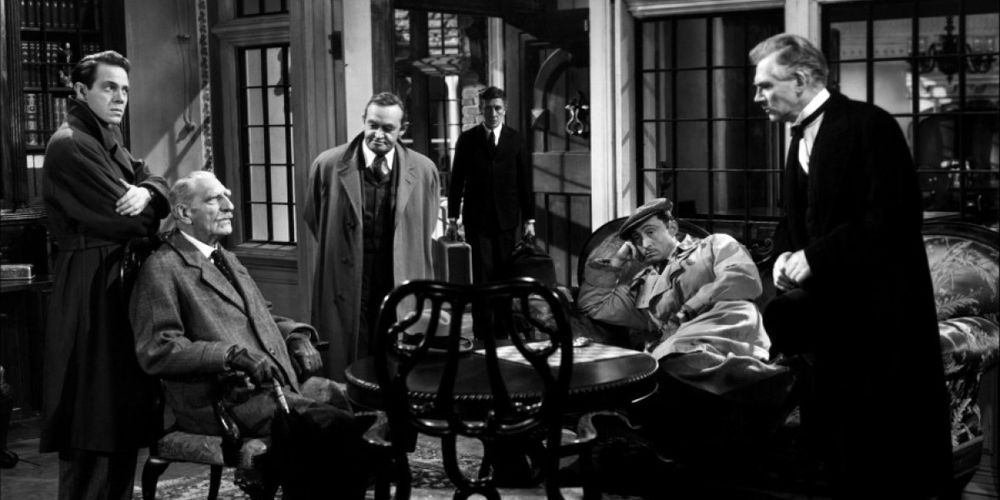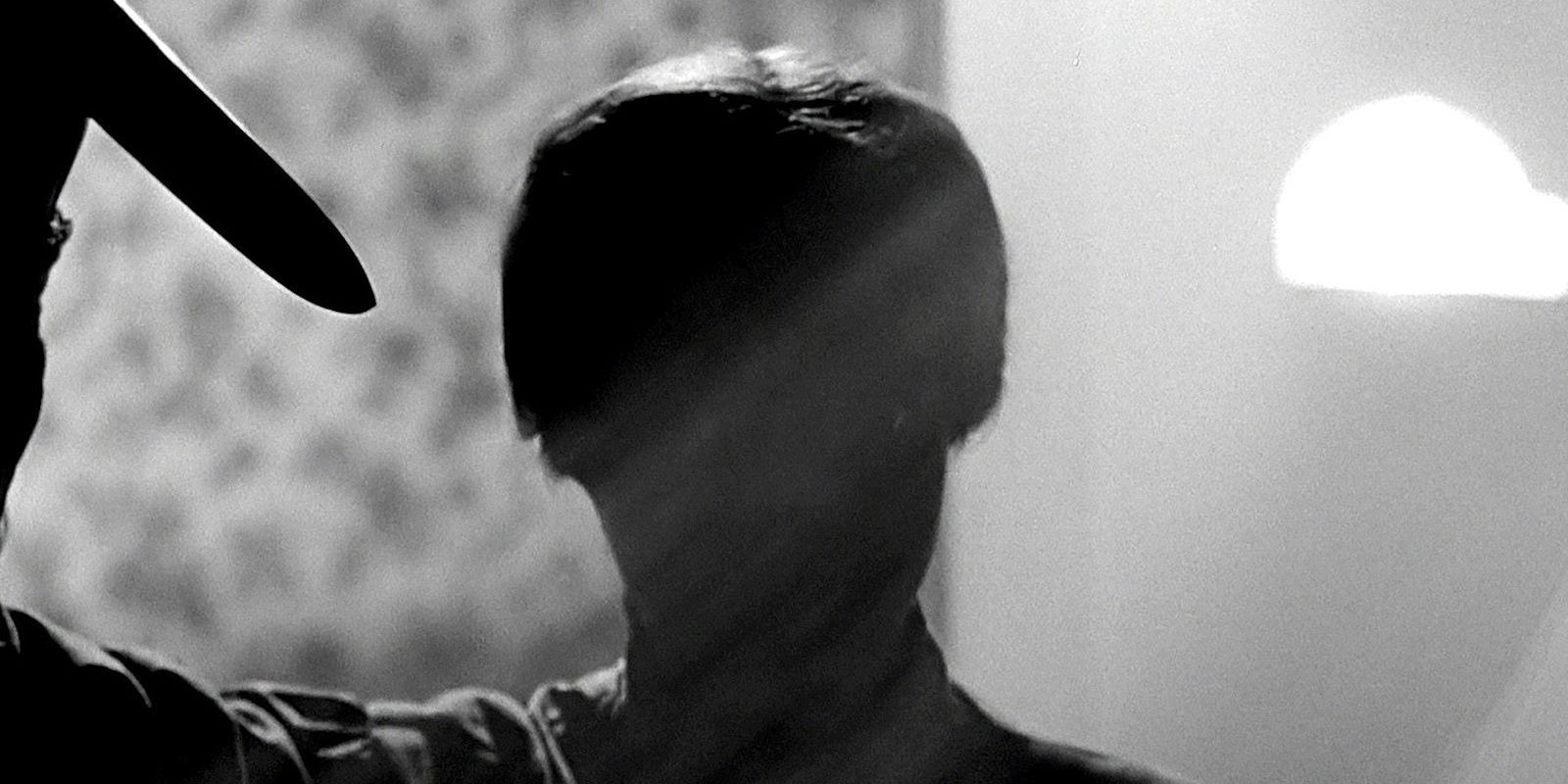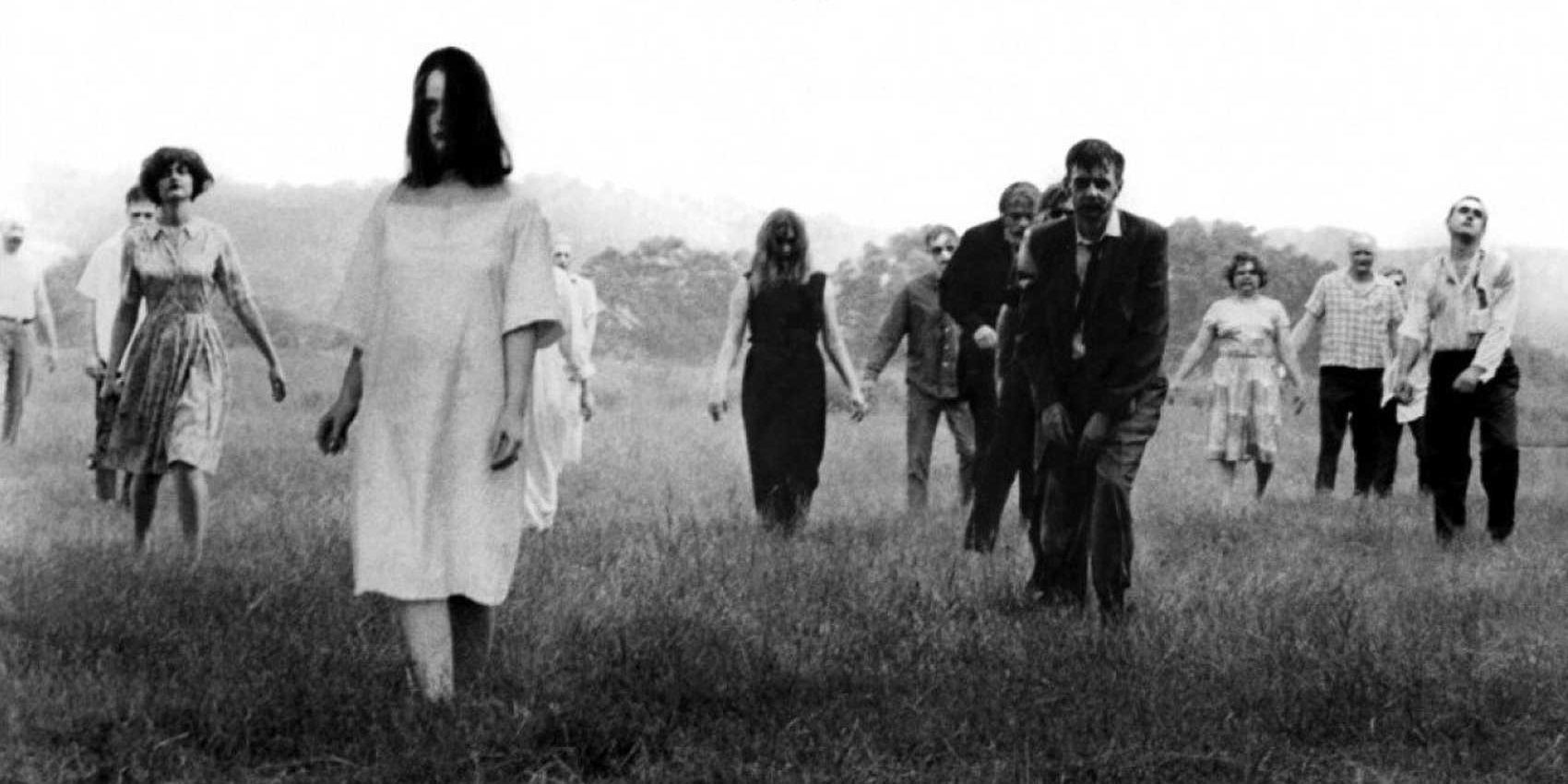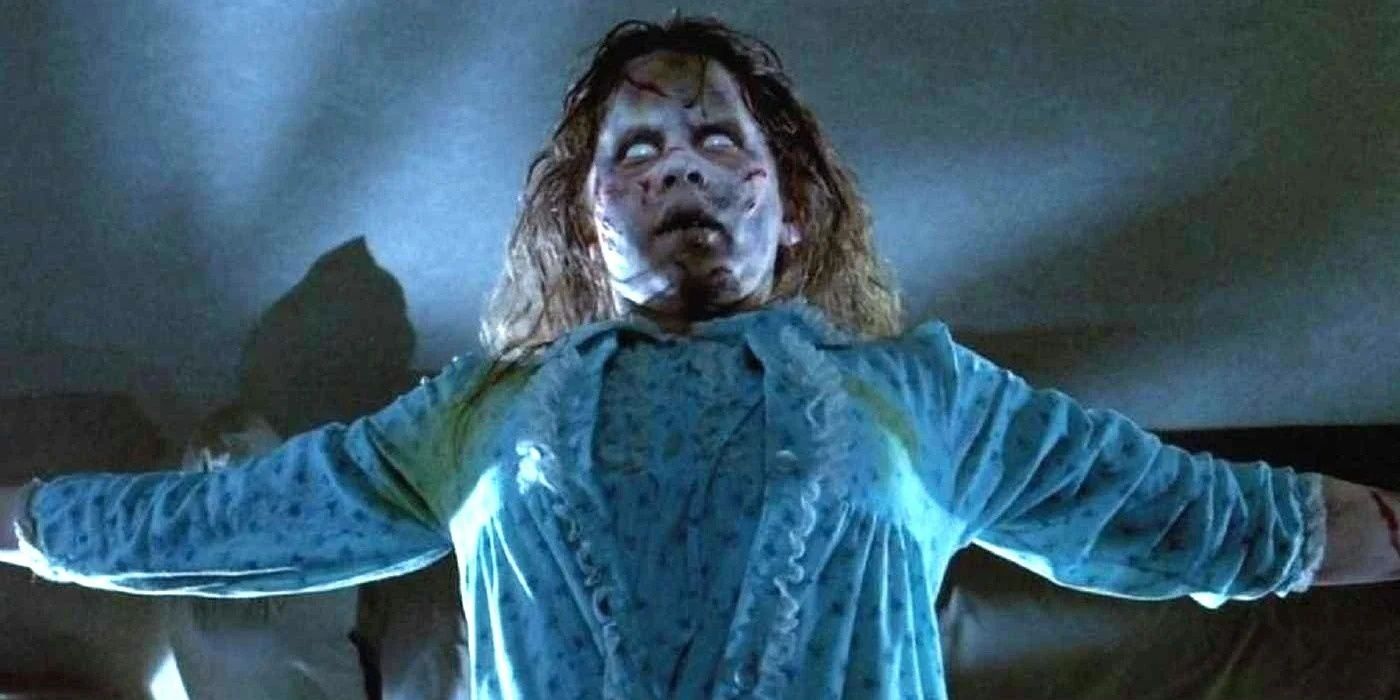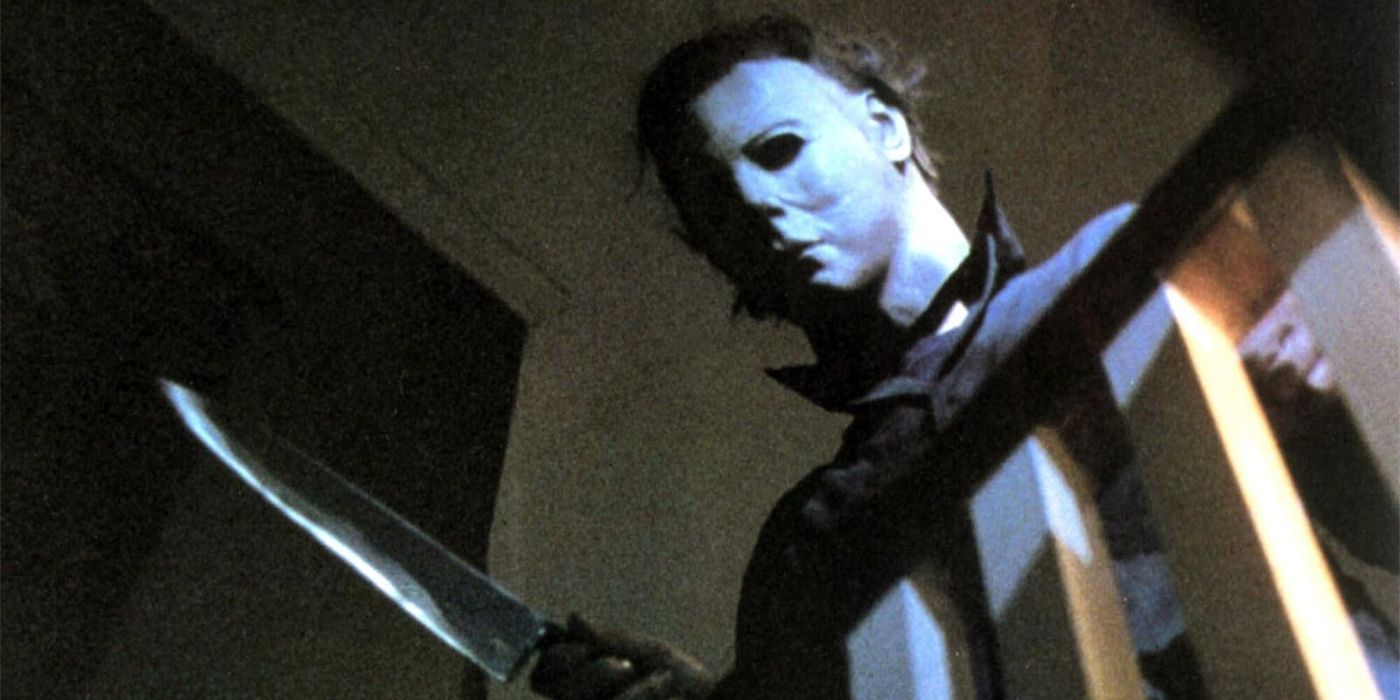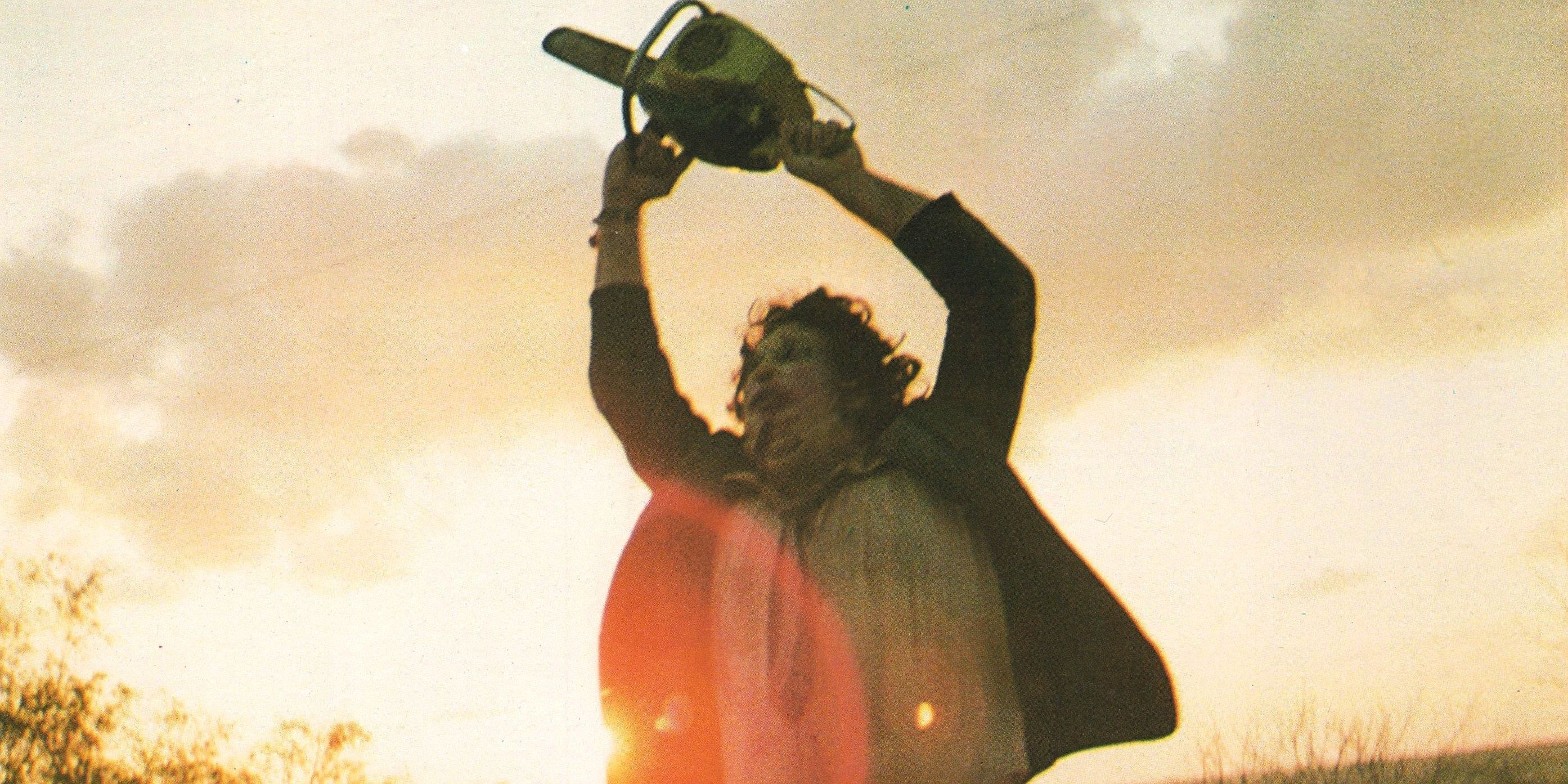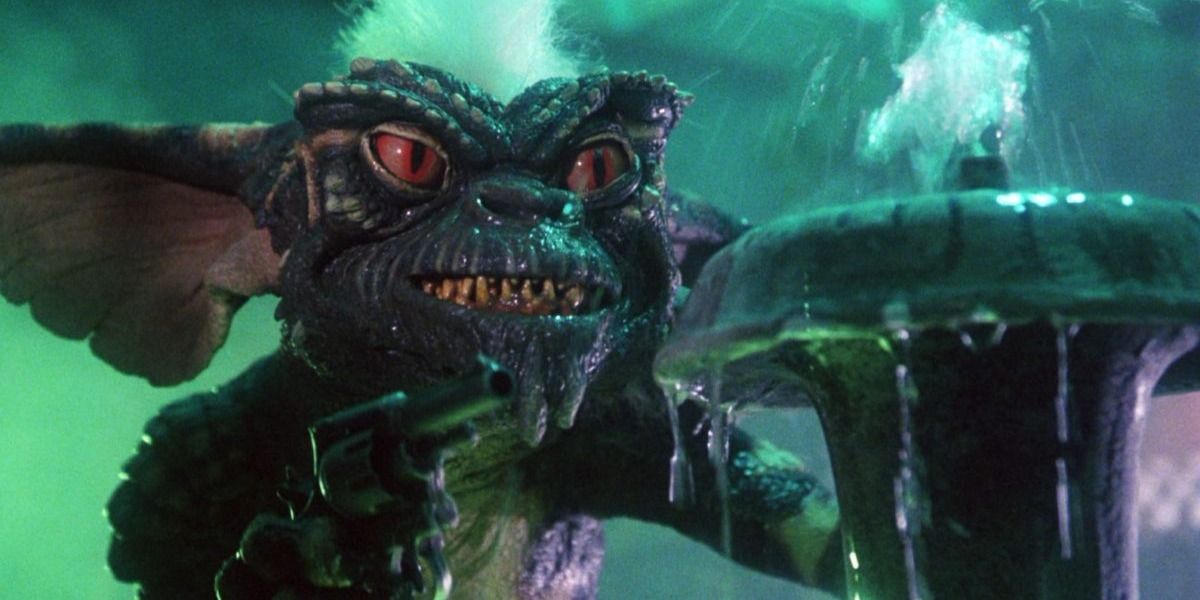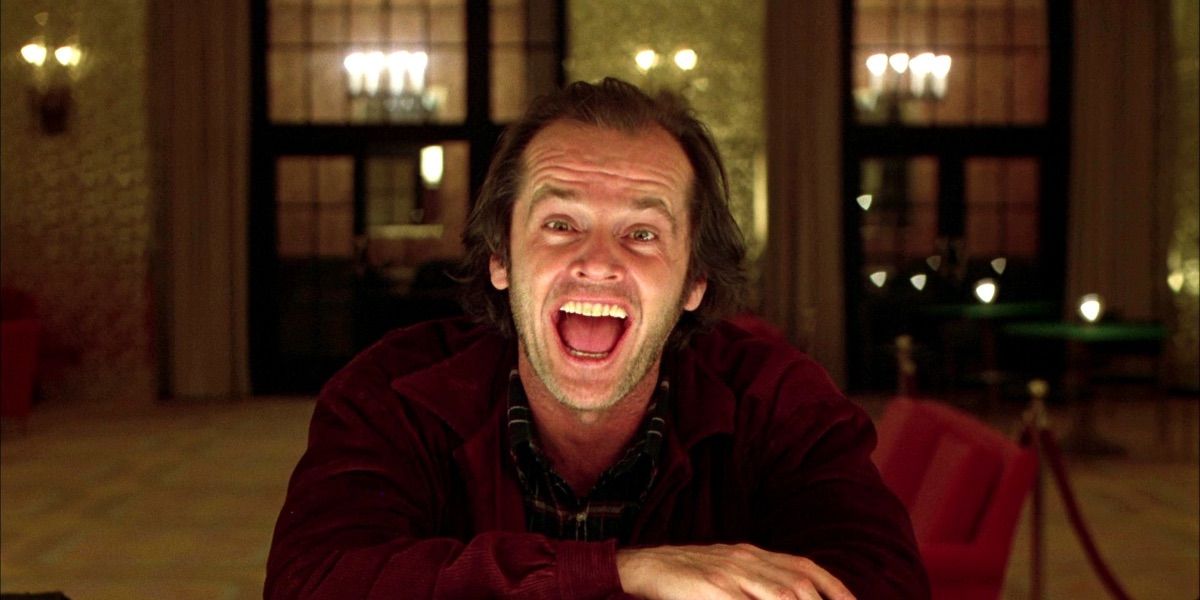One of the best things about the horror genre is how flexible and versatile the movies can be; there are straight-up horror shows with guts and gore galore, but then there's the bounty of subgenres and spinoffs like horror-comedies, sci-fi horror, dark fantasy, and many more. Variety is the spice of life, after all.
The genre has come a long way since the days of Dracula and Frankenstein, and there are plenty of films that have helped shape the medium for decades. From the classic monster flick to the sinister slasher, these are the films that helped change the world of horror.
Nosferatu
One of the first horror movies ever created, this German expressionist take on the tale of Count Dracula has become one of the cornerstones on which the genre was founded. Although the silent-film medium might be a bit of an acquired taste nowadays, there's no denying that the film has only gotten eerier with age.
From its sharp angles, creepy movements, and the horrific figure of Count Orlock himself, Nosferatu introduced audiences to the art form of the scary movie.
Dracula
From one vampire to another, Dracula set the bar for all classic horror movies to follow. Though not the first horror movie with sound, it was the first to incorporate a multitude of elements from the film medium to perfectly immerse their audience in a new world of gods and monsters.
The monster movie became a pillar of the horror genre. If it wasn't for Bela Lugosi's portrayal as the iconic Count Dracula, the likes of the Wolfman, Imhotep, or even characters like the Predator or Pennywise might not exist today.
And Then There Were None
It's an honorable mention that has to be given some serious credit for its contribution to the horror genre. Whether it knew it or not, And There Were None laid the foundation for the modern slasher flick.
A secluded location, a creepy old house, and a killer waiting amongst a host of victims; though not the first to use these elements, Christie's framework provided inspiration for a number of films in the genre. From House on Haunted Hill to the works of Alfred Hitchcock, they owe it all to this murder mystery.
Psycho
Speaking of Alfred Hitchcock, it would be amiss to not include Psycho on a list of genre-changing horror flicks. In this classic slasher, the monster lurking in the shadows wasn't a vampire, reanimated corpse, or creature from the depths of the sea, but a flesh-and-blood human with a warped mind and a love of taxidermy.
Norman Bates pulled the horror from the realms of mystery and imagination into the modern era by presenting a realistic threat. No supernatural powers, no undead minions—just a shower, some shadows, and a sharp knife.
Night Of The Living Dead
There's a lot going on with George Romero's Night of the Living Dead. Apart from being one of the first modern zombie movies, the film introduced a different spin on the survivor-horror genre as well as reshaping both the victim and hero tropes.
Casting a person of color as the leading survivor, introducing a horde of monsters instead of one or a few, and putting the entire human race at stake were just a few of the barriers broken in this horror classic.
The Exorcist
Dubbed the scariest movie of all time by many, The Exorcist brought the genre to new levels by bringing horror into new frontiers in terms of presentation, effects, story, and substance. The obvious evil of demonic possession will never cease to be scary, but there are other themes at work, as well.
The film presents a crisis of faith, the fate of a child's life, body, and soul, and a battle fought on a spiritual plane rather than the physical. Hard to beat a monster you can't run from.
Halloween
John Carpenter's Halloween set the bar for every slasher that followed in Michael Myers's footsteps. Without Michael, there'd be no Jason, Freddy, or Ghostface. With a shoestring budget, brilliant yet simple presentation, a creepy mask, and a kitchen knife, the film made horror history.
Ideal for new fans being introduced to the genre or aspiring horror-movie-makers, Halloween laid out the tried and true formula for any successful slasher flick. Although a bit repetitive, there's a reason the film's framework continues to work even today.
The Texas Chainsaw Massacre
While it would be easy to talk about The Blair Witch project when talking about exploitative horror flicks, the crown truly belongs to The Texas Chainsaw Massacre. The crew went the extra mile to make this "based on a true story" film look almost like a grainy documentary rather than a slasher flick.
That all being said, the film is still an uncomfortable movie to watch, but that's also the biggest selling point. Horror is a genre that should elicit some sort of cathartic response, and Texas Chainsaw is certainly successful to that end.
Gremlins
On the other hand, there's no reason a horror flick can't be funny or enjoyed by the whole family. Gremlins not only introduced the mini-monster trope that would flood the 80s, but it perfected the horror-comedy as fans knew it.
The film is a sci-fi horror movie at its core, and no amount of cute Mogwai magic will change that. But, what separates it from others of its kind is balance. Yes, there are loads of scary moments, but there are enough cutesy and comedic moments shuffled in to make even scaredy-cats get into it.
The Shining
Stanley Kubrick's adaptation of Stephen King's Horror masterpiece has become a staple of horror cinema, as well as one of the most studied and analyzed horror flicks of all time. Why? Because it has become an amalgamation of everything that makes for a great horror movie.
It's a psychological horror movie, it's a slasher flick, it's a haunted house film, and it has an appropriate sprinkling of comedy, creep-factor, and social commentary. Although not verbatim to Stephen King's novel, it's still considered one of the crowning achievements of the genre.

